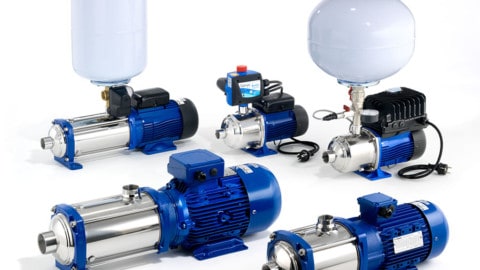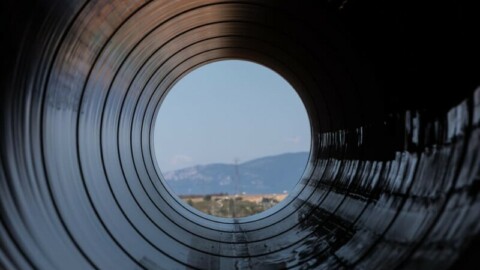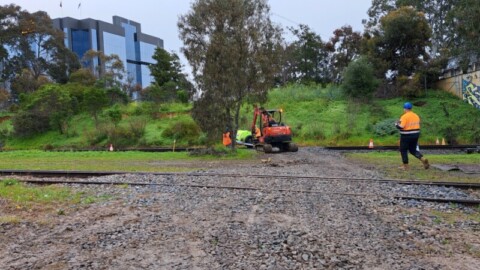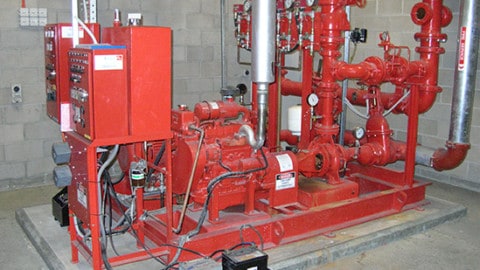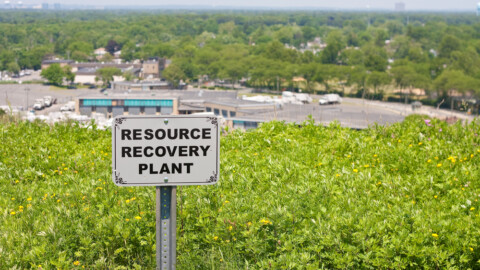Orange is a step closer to water security for the current population and for the next 50 years with Planning Assessment Commission (PAC) approval for the Macquarie River to Orange Pipeline Project.
Orange Mayor John Davis said that for decades Orange has been at the mercy of the next drought.
“With the PAC approval we are now very close to ensuring that threat is a thing of the past.
The project still needs Commonwealth approval. But it has been through a thorough assessment and I am hopeful it will receive a green light from the Commonwealth,” Cr Davis said.
“One significant recommendation adopted by the PAC is a higher trigger-point when pumping from the river can begin; up from a minimum of 38 megalitres of flows a day before pumping could commence to 108 megalitres a day,” Cr Davis said.
The average extraction is 0.28 per cent of river flows. The higher trigger does not reduce the secure yield to the city.
“During the consultation process and in discussion with some of the fishing and environmental groups raising the trigger point was a common concern,” Cr Davis said.
“These groups have been heard by the Department of Planning and the Planning Assessment Commission. A workable solution has been found.”
On a day when the river flows reach the minimum trigger for pumping, the maximum fall in the river at the extraction point is 39mm. This is the lowest flow case scenario for pumping.
Assessing data across 118 years found this scenario would occur 0.11 per cent of the time. For 98.99 per cent of the time during pumping the fall in the river is less than 39mm.
“In the middle of winter with low consumption and relatively full dams it might be easy to forget where we have been across the last decade. Just over three years ago, Orange faced Level 6 water restrictions, which would have resulted in significant impacts on some businesses operating in the city. We dodged that bullet, just,” Cr Davis said.
“It rained and we got away with it. But waiting for rain is no way to manage the needs of a growing regional city.”
Orange dams were at 23 per cent of capacity in May 2010. If the city had the pipeline operational during that dry period from 1999 to 2010, the city’s dams would have been at 45 per cent in May 2010.
The PAC report stated: “The Commission is satisfied that the project’s impacts on the hydrology and aquatic ecology of the Macquarie River can be adequately managed and that the project will significantly improve Orange’s water supply diversity and security.”
The PAC report also noted that:
- Best practice pumping would be adopted by Council in relation to aquatic life
- Alternatives have been adequately assessed
- The pipeline is a suitable addition to Orange supply system
Cr Davis said it had been an exhaustive process to get to this point.
The pipeline was identified in the Centroc Regional Water Security Study in 2009 as a solution to the critical water shortages Orange experienced in the last drought. The NSW Government with the support of the 15 Centroc Councils funded the study.
Since then Orange City Council has undertaken a comprehensive Environmental Assessment of the project, including alternatives. This has confirmed that the Macquarie River to Orange Pipeline Project is the best option for delivering water security to Orange while limiting impacts on the river.
The current secure water yield for Orange from the current natural catchment and storage infrastructure is 4750 megalitres per year, consisting of dam inflows, storm water harvesting and licenced bores. This means there is currently a shortfall of 650 megalitres per year and this shortfall will grow to 2700 megalitres a year under a moderate growth scenario and 4300 under high growth scenario over the next 50 years.
Orange City Council engaged 10 companies under an ‘Early Tenderer Involvement’ strategy. As part of this process, Council sought assurances to deliver the project within $47 million. Subject to relevant approvals, Council plans to let the tender to Leed Engineering and Construction ensuring the project will be delivered within budget.
If Federal consent is granted it is Council’s intention to commence work as soon as practicable after the announcement. The funding agreement for the project is the NSW Government $18.2 million, the Federal Government $20 million and Orange City Council $8.8 million.
The project includes three pump stations;
Pump station 1
Two highlift pumps are expected to be used and would be housed in precast concrete covers located on the southern bank of the river. The pump stations would be built to withstand major flooding events. It is proposed to be a centrifugal pump able to lift water up the steep slope from the Macquarie River to the first boost pump station approximately five kilometres away.
The pump will be above ground with below ground piping installed using open trench techniques. The inlet to the pump station would be designed to avoid entrainment and entrapment of fish and other aquatic life.
Pump station 2
It is likely this pump station would be a reinforced concrete brick or blockwork structure, providing heat and fire resistance and reducing pump noise. The roof would be steel. A 100,000 litre break tank would be located adjacent to the pump station.
Pump station 3
Pump Station 3 would be similar to Pump Station 2 and would also include a 100,000 litre break tank.







